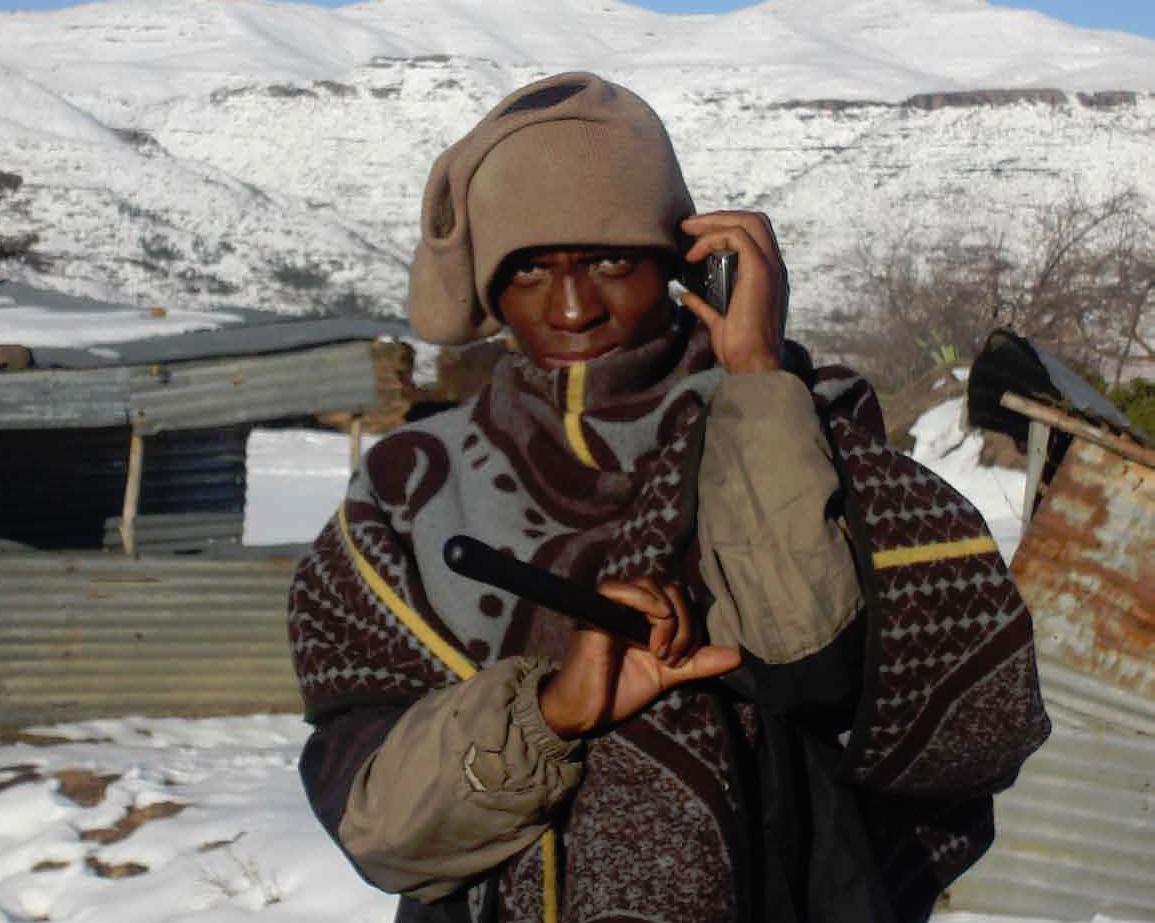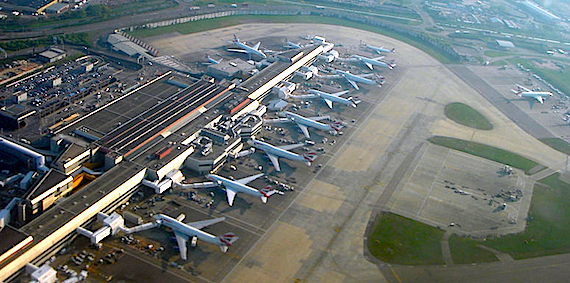Come 2017, the agency anticipates global coal consumption to stand at 4.32 billion tonnes of oil equivalent, compared to 4.4 billion tonnes for oil itself. In its report, the IEA states that increased demand from India and China is fuelling this push.
"Coal's share of the global energy mix continues to grow each year," says IEA executive director Maria Van der Hoeven. "If no changes are made to current policies, coal will catch oil within a decade."




 AmericanCoal-Americas.Mining-Jan13-Bro-s.pdf
AmericanCoal-Americas.Mining-Jan13-Bro-s.pdf




